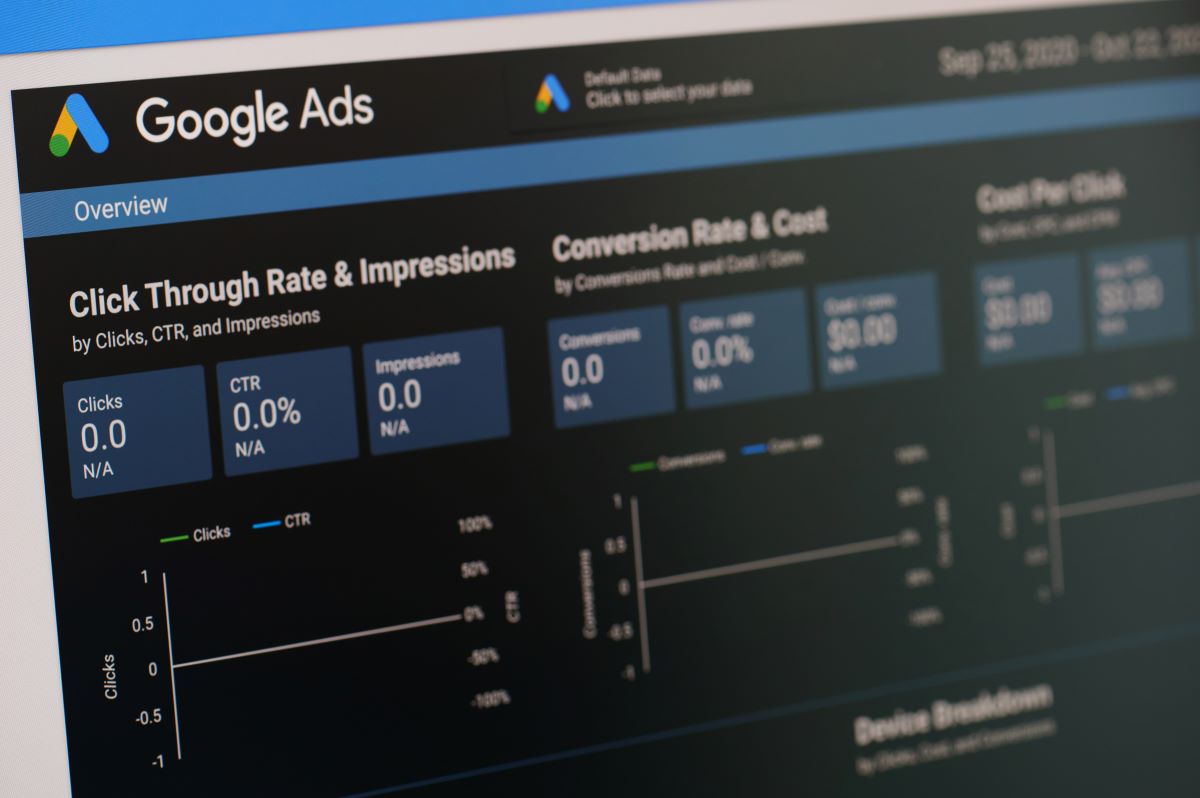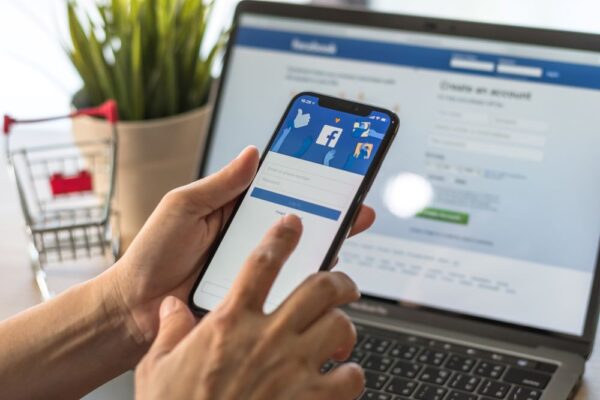The battle of supremacy in the digital marketing world between Facebook Ads vs Google Ads is still ongoing. Businesses trying to develop the most effective online marketing strategies are in a dilemma regarding the best option. The two platforms are the top pay-per-click (PPC) digital ad platforms on the Internet. Millions of businesses and companies advertise and market their goods and products on the two platforms.
These two advertising outlets offer different services through paid ads which can help a business increase its digital footprint and sales. One fundamental similarity between Facebook Ads and Google Ads is that users need to spend some time mastering how to use them.
Understanding Facebook Ads and Google Ads
Digital marketers and experts position Facebook Ads and Google Ads as competitors despite each offering a different service and target market. Facebook is the most popular social media platform, while Google is the most popular search engine in the world. Businesses are increasing their online presence by utilizing the strengths of advertising on both Facebook and Google, each for different reasons and purposes. Besides increasing their online presence, businesses are finding new customers and increasing leads and sales with carefully targeted PPC campaigns that deliver more than just clicks.
What are paid ads?
Paid advertising is an online advertising model used by Google and Facebook to allow businesses and advertisers to sponsor content and achieve more visibility than they would organically. Advertisers on Google bid to participate in a real-time auction for highly-valued top placements on search results pages, while Facebook advertisers are creating detailed demographic targeting patterns for users to see their content amidst the flood of posts on the platform’s newsfeed. Both of these paid advertisements promise a better digital presence for businesses while increasing the number of potential customers reached.

Key Differences Between Google Ads and Facebook Ads
Facebook Ads and Google Ads serve different goals in digital marketing. Before picking the best option for your business, you must fully understand how these Ad Platforms function and the critical differences between the two.
Cost-per-Click (CPC)
Facebook Ads and Google Ads only charge an advertiser for results achieved. For Google, you pay for each click, which is a visitor to your website. On their display ad side, or with Facebook Meta advertising, you can choose instead of clicks to pay for users reached or impressions served. In 2022, the average cost per click of all Facebook Ads was $1.72, while that of Google Ads was $2.69. However this varies widely, as some industries are hyper competitive, driving up the cost of ads on certain search terms or audience demographics.
User Internet
The users on Facebook are very different from the users on Google. Facebook is an interactive social media platform, where users are consuming content passively, while Google is a popular search engine that connects users with content they are specifically and actively seeking.
Facebook Ads target passive Ad viewers who might not be looking for something specific or a specific service. Potential customers are targeted based on the collected demographic information and their interests. This is useful if you’re doing brand advertising that seeks market saturation of a campaign message or one that introduces a new product or service to users that otherwise wouldn’t be seeking it.
On the other hand, Google Ads target users who are actively searching for a specific product or service by placing the content on the results page for their specific search query. The user already has an intent to purchase the product or service, has typed it into the search box, and is now seeing your sponsored ad seeking to provide a solution option.
Targeting Options
How the two platforms identify the target market is significant. Facebook Ads uses very comprehensive target options when identifying potential customers. The Meta ad platform will utilize the users’ demographics, life events, locations, buying patterns, and interests to determine what ads and content to show them – all designed to maximize the experience for both the advertiser and the user.
Google Ads has limited options when analyzing the optimal target market, because the focus isn’t on a demographic group, but rather anyone looking for a certain topic or resource. Being a search engine, Google depends on the user’s search intent (and how the advertiser has set up their campaign targeting) to determine which paid ads are most relevant for the user, and which advertiser gets the top spots on the search results page.
Ad Placement Options
The placement location of any online ads determines whether the target customer will view the ad or not.
Facebook Ads are placed in the following locations:
Facebook (Stories, Feed, Marketplace, Right Column, and In-stream Video)
Instagram (Stories and Feed)
Facebook Messenger
Expanded Audience Network
Google has the following ad placement options:
Google
Google search partners
Some popular Google search partners are Amazon, The Washington Post, and The NY Times. Google has partnered with search engines like Ask.com, Lycos, and Dogpile. It’s best to always opt for paid ads which have an extensive collection of placement options for your ads. The more ad placement options they have, the more comprehensive the target market coverage.
Types of Ads
There are different types of paid online advertisements. Thanks to technological advancements, digital marketers can use different ads that they consider will engage the target market the most. Facebook Ads and Google Ads have different types of ads on their platforms. The ads are curated to suit the type of users on each platform. The following ads are available for businesses who opt to use Facebook Ads, video, slideshow, images, instant experience, and collection. Google Ads has the following types of paid advertisements; shopping ads, texts, and calls.
Click through Rate and Conversion Rate
Click-Through Rate (CTR) refers to the percentage of users that see the ad who actually click the ad. You may serve the ad to 1,000 people but only 30 click the link, resulting in a 3% CTR.
On the other hand, Conversion Rate refers to the number of successful conversions achieved from a specific number of paid ads. Conversions are usually defined as a sale or opt-in, depending on your goals in the ad campaign.
The average click-through rate of Facebook Ads is 1.11%, with an average conversion rate of 9.21%. Google Ads have an average click-through rate of 2% and an average conversion rate of 4.40%. These 2022 numbers can be skewed by poorly targeted ads with bad copy and creative, so it’s best to focus on the rate metrics of your own campaign to track improvement.

Which is the better option? Facebook Ads vs Google Ads
Facebook and Google have transformed the digital marketing world. The two command the paid ads world with impeccable reputation and efficiency. Businesses can enjoy increased traffic and sales by accessing the two platforms’ considerable population daily. However, most businesses and companies don’t know the best option when determining the collection of ads spent.
After reading our detailed guide, you can make a more informed decision on the best adoption for your business. The next section of our guide covers the key factors you must consider when evaluating Facebook Ads and Google Ads.
Understanding the Intent
Businesses, consumers, and marketers all have different intentions. A clear marketing intent will ensure the marketing strategies target only customers who have the potential to be successful leads. Can Facebook or Google help you achieve this at a lower cost? Understanding the intent will help you pick the most optimal ad spend allocation.
Google Ads Intent
There is excellent intent when conducting an online search using any search engine. Google is keyword driven, making it very effective when recommending target markets with greater intent. Businesses only paid for ads that were clicked. Therefore having the best landing page experience and good advertisements will increase your chances of converting a potential lead. Since Google users have higher intent, Google Ads have a higher average cost per click.
Google shopping is suitable for eCommerce companies and is more affordable compared to Facebook Ads. Unlike Google Ads, businesses don’t bid on keywords used by users when searching online. Instead, Google collects information from the users’ shopping feeds and displays their available products in the shopping carousel on relevant search pages. Businesses bid on a larger pool of words instead of specific keywords, making the cost per click cheaper. Using artificial intelligence Google will recommend the products and services in your shopping feed that significantly relate to your online search.
Strong intent doesn’t guarantee a successful conversion. Businesses must structure their marketing campaigns and ads properly, analyze the search items, and include the required keywords. To have profitable Google Ads, you must incorporate effective PPC management strategies.
The Intent of Facebook Ads
Facebook Ads have a more affordable cost per click than Google Ads despite having lesser intent among its users. However, you can get more conversions and traffic at a lower cost with great marketing campaigns and advertisements.
Running many ads on various digital marketing channels helps find the top performers. Depending on your target market, you will find a greater intent on Facebook than on Google. Greater intent on Facebook is possible when you can’t curate a search query on the Google platform. If you are a new brand, using Facebook Ads will be more effective in reaching a new market because people don’t know your brand yet.
Importance of Diversification
Digital marketing is ever-evolving and involves using various digital marketing tools and resources. Every business needs to diversify its digital marketing channels. Fully utilize Google Ads by setting up PPC on Bing. You can also retarget on Twitter and Facebook and increase the conversions from your target market. Digital marketing uses a different algorithm. Hence it’s essential to play safe by not putting all your eggs in one basket. Additionally, it’s best to run trial versions to determine which channels have the potential to perform exceptionally well. Effective digital marketing will utilize more than one channel.
Measuring the Return on Investment
The number of successful conversions can determine the effectiveness of both Facebook Ads and Google Ads. Every business wants to invest more in the most effective channels and spend less in channels that aren’t very productive. The best way to track the performance is to set goals before testing the various channels. Google Analytics helps businesses set up conversion targets and marketing goals.
When determining the success of each channel, prioritize the amount of money spent on a channel. It would be best to look at the number of conversions or traffic the channel generates. The amount of money you spend on Facebook Ads and Google Ads varies from one business to another. Having a clear budget is a good starting point. You can adjust the budget based on the performance of the various channels.
Go with a Professional Advertising Team to Develop Your Paid Media Strategy
The era of the internet has forced many businesses to embrace the use of digital marketing to increase their brand awareness. Understanding the intent of your target market will play a crucial role in coming up with the most relevant and appropriate marketing campaigns and ads that will trigger successful conversions. The best channel, Facebook Ads or Google Ads, will offer the most optimal return on investment.
A functional marketing strategy and the proper foundation is paramount before you start running any digital marketing channel. The proper foundation will guarantee you the most optimal channel for your business. After finding the top-performing channel, it’s best to double down and initiate a scaling-up strategy. Remember to embrace flexibility and harness the power of the channels to get practical marketing.
Signal Interactive offers highly experienced media buyers and advertising services for businesses looking to scale the ROI of their ad dollars.
Speak with one of our pros today for a free consultation.
Tap into the vast online audience available on Facebook and Google and promote your business using Facebook Ads or Google Ads. The two powerful digital marketing platforms cater to the online marketing needs of every business.





